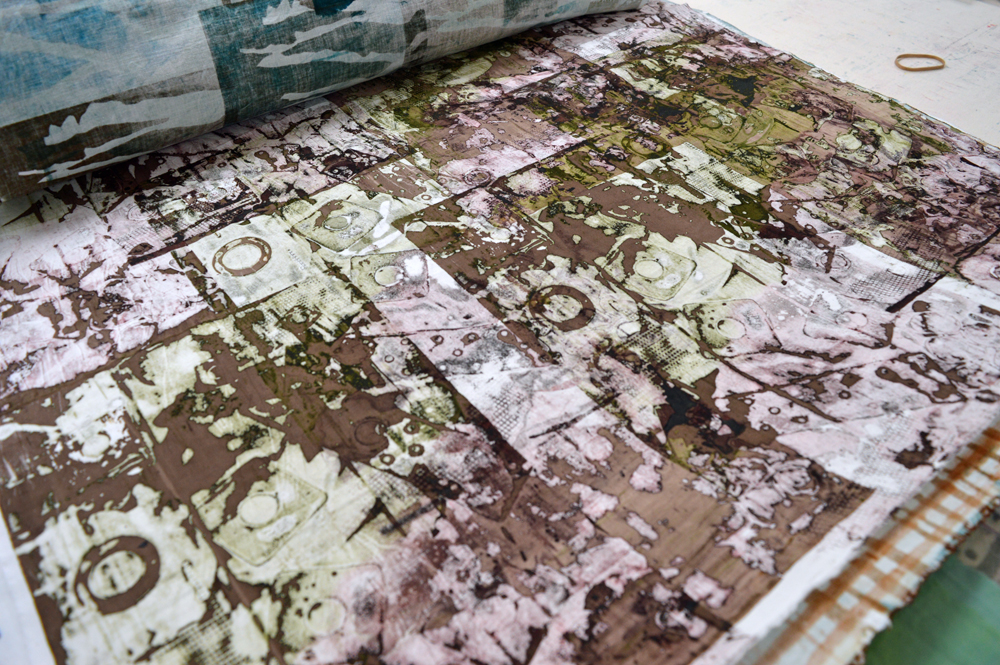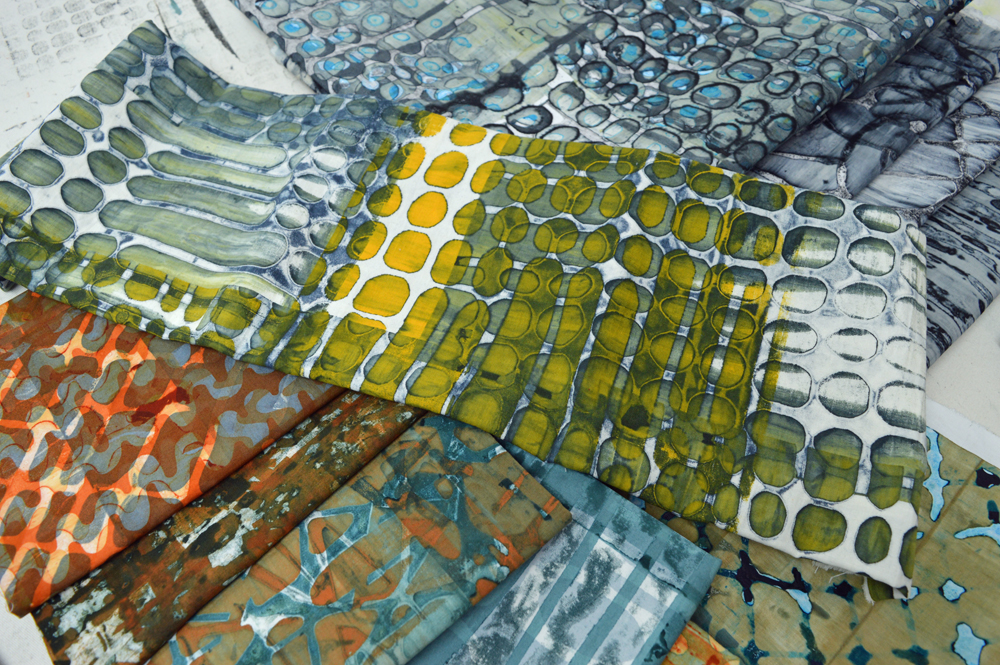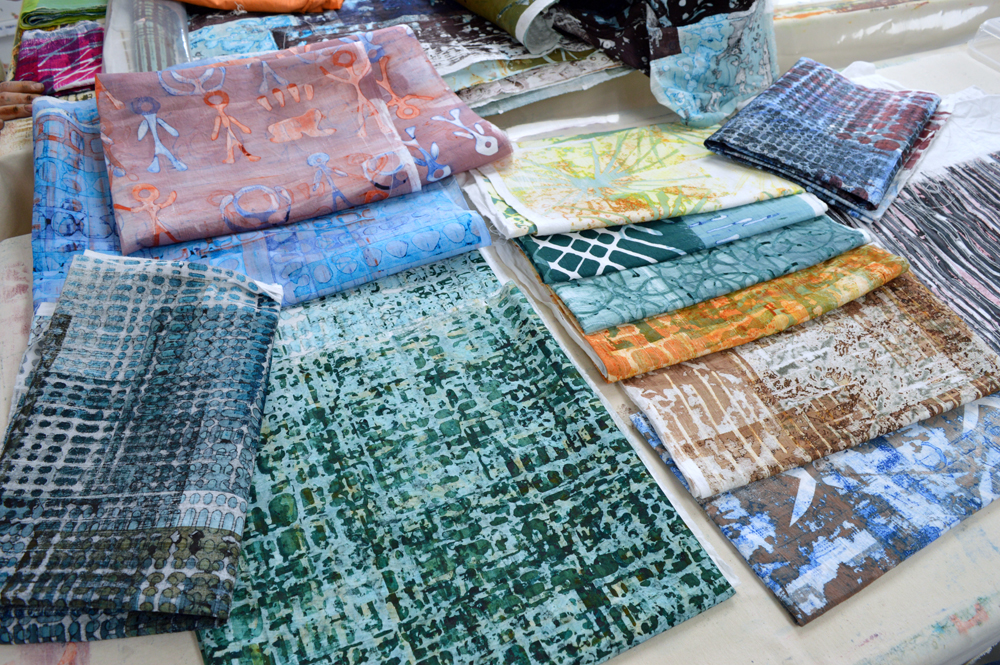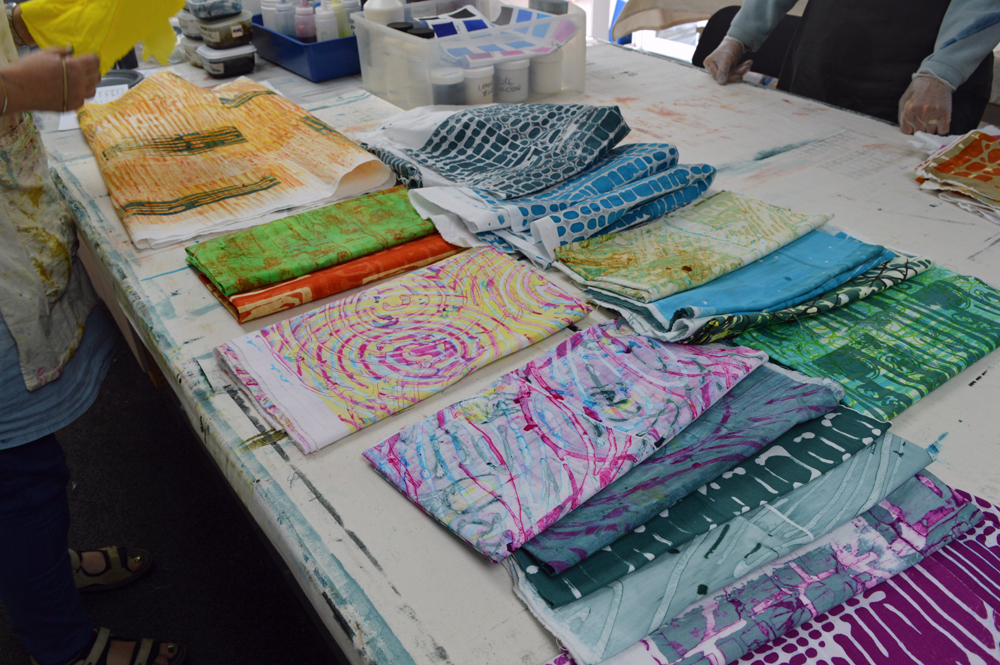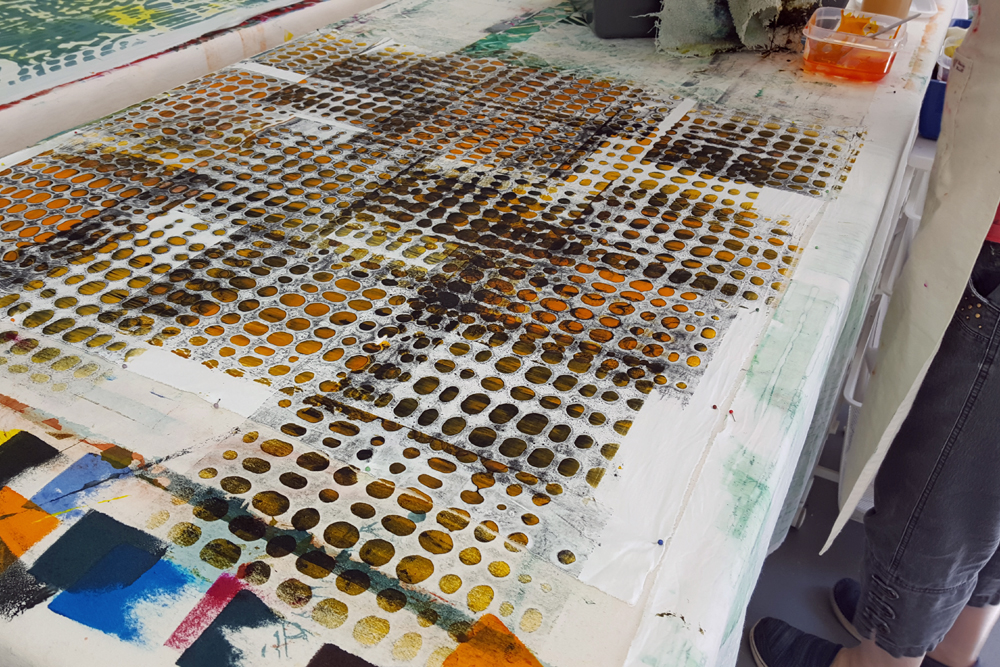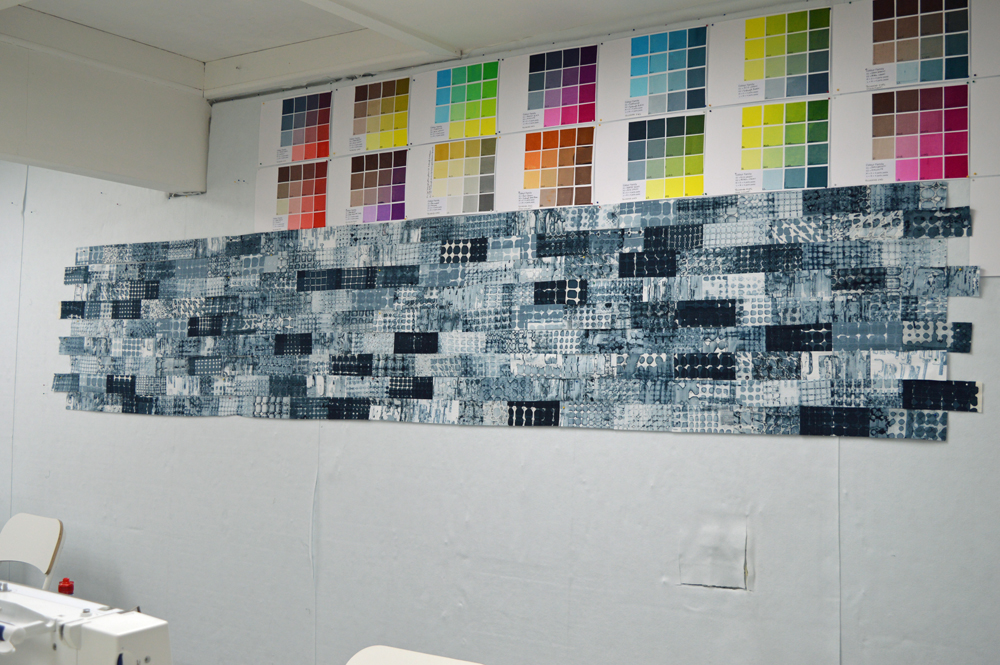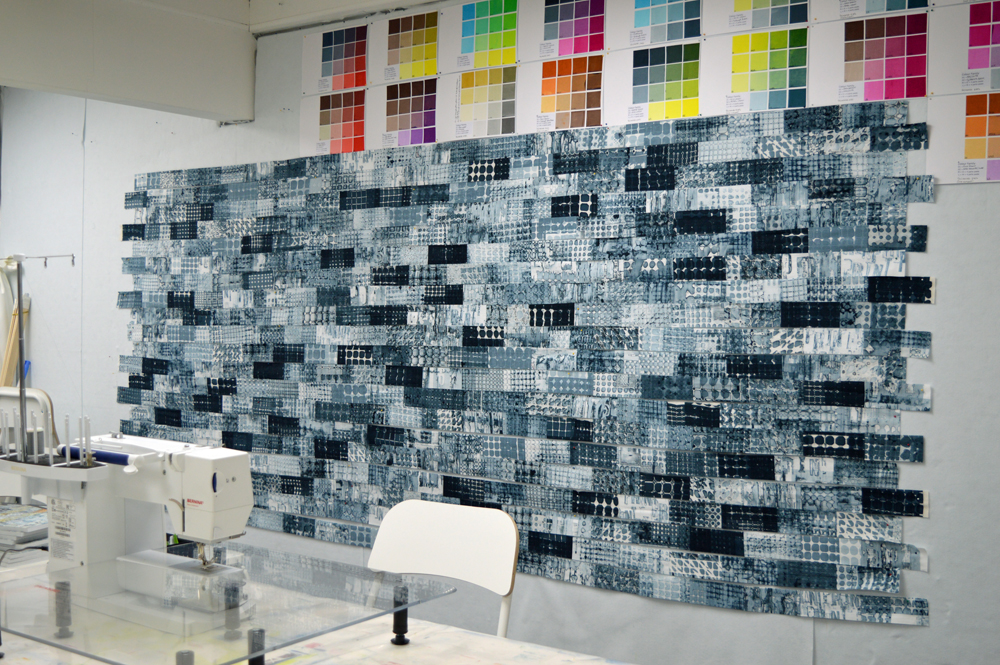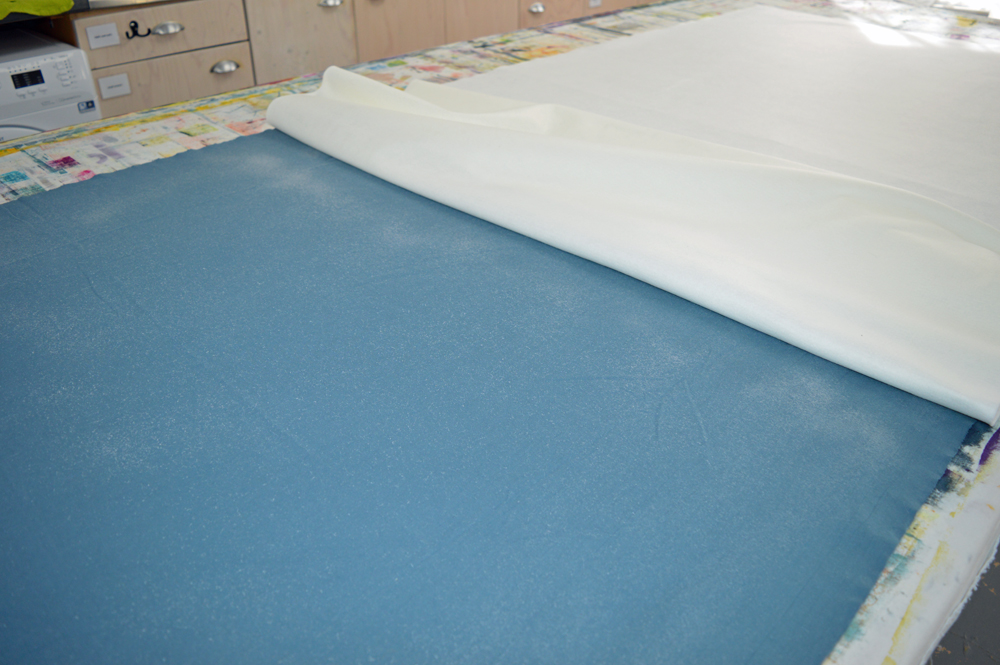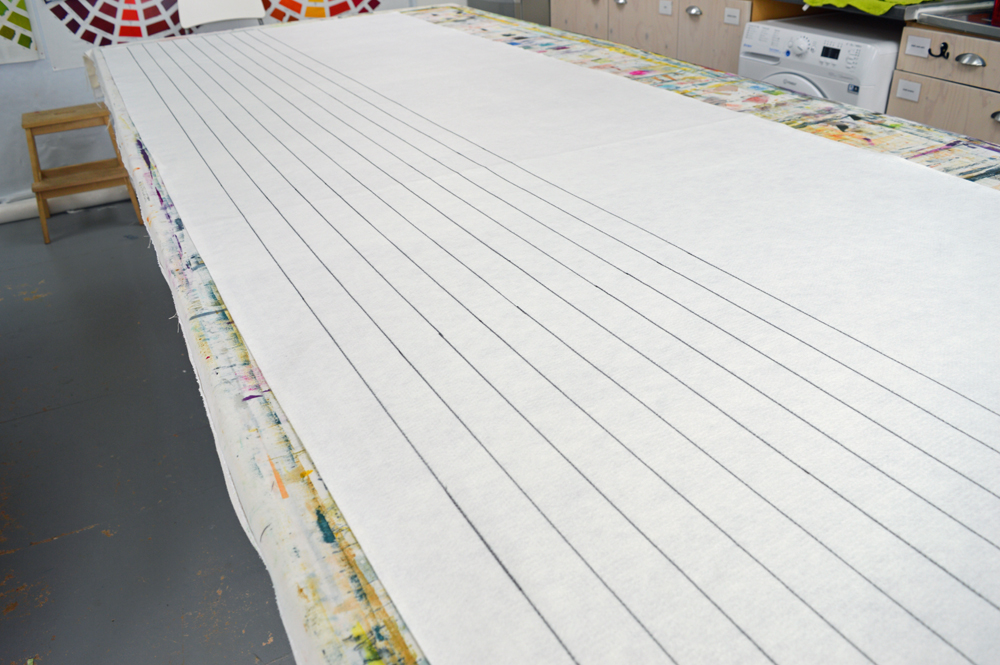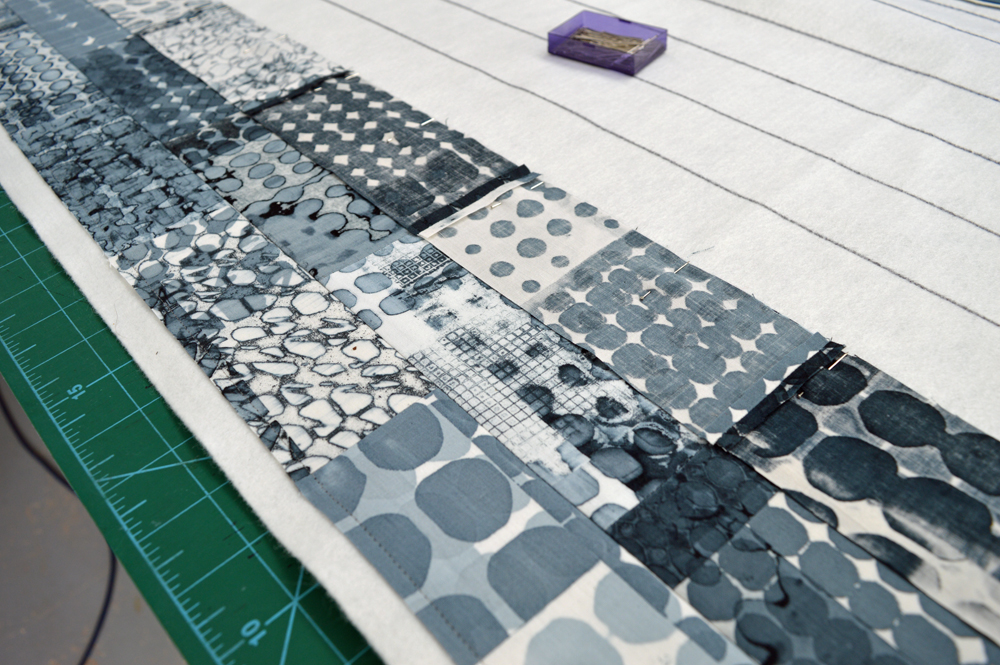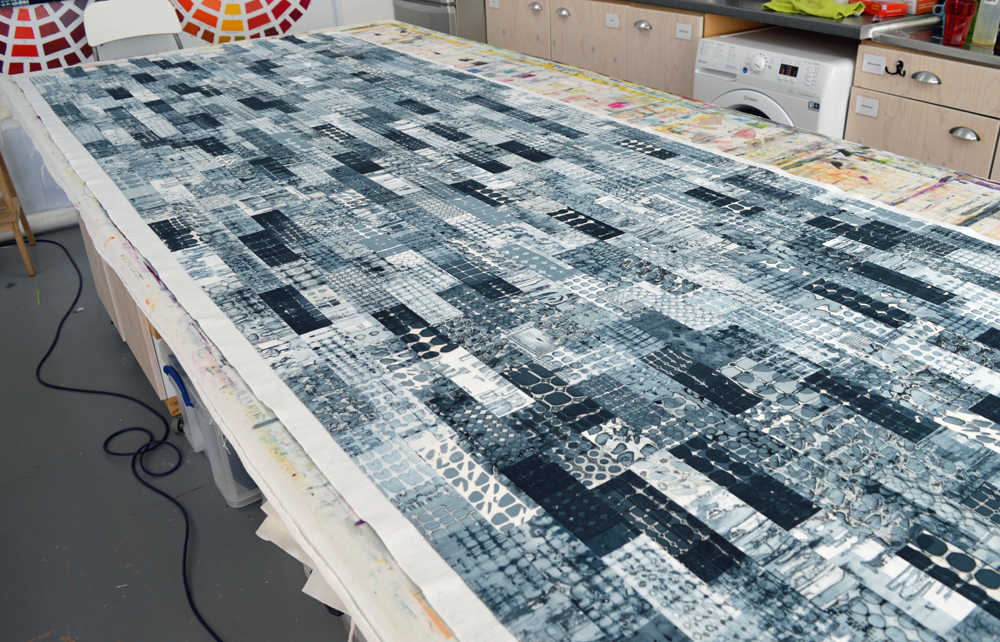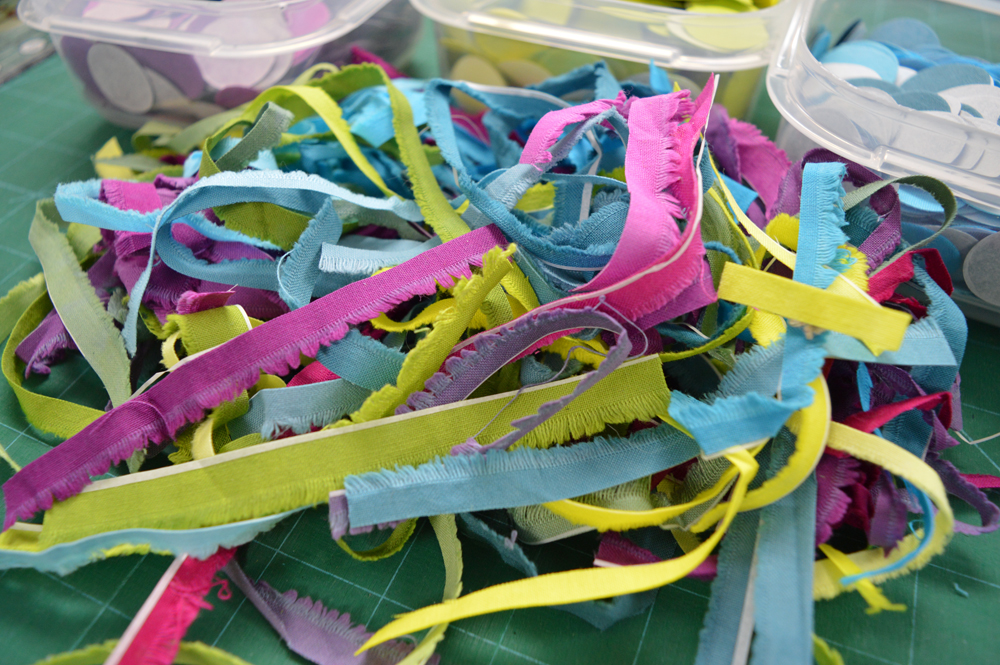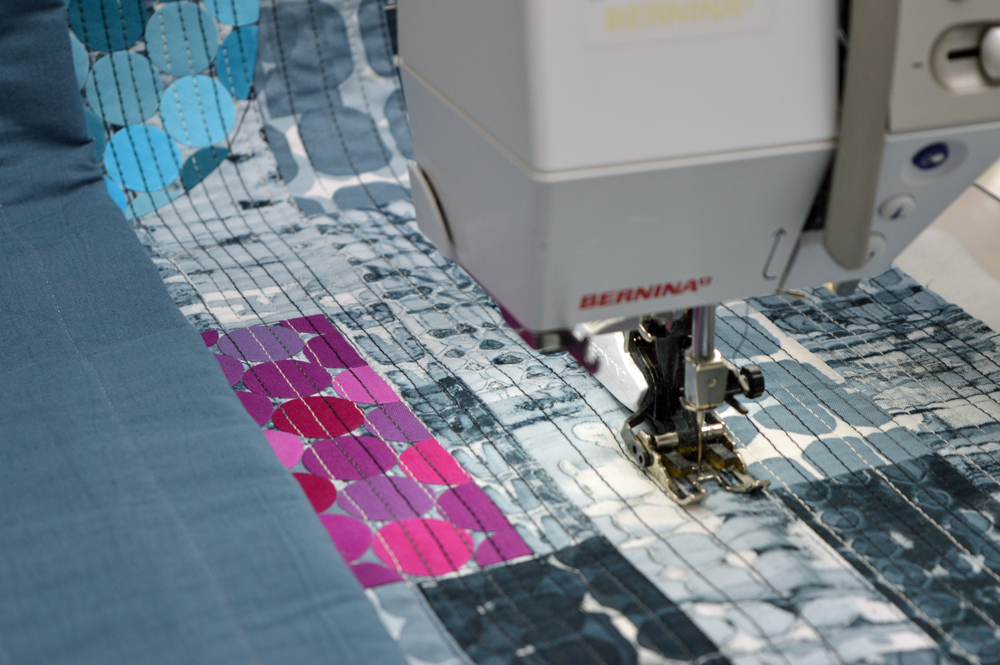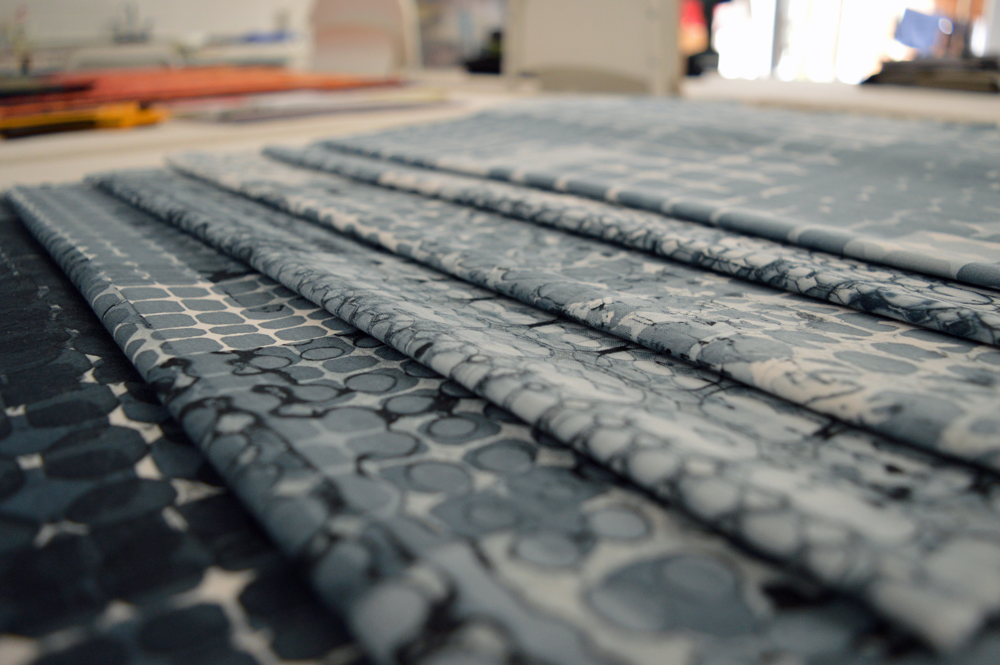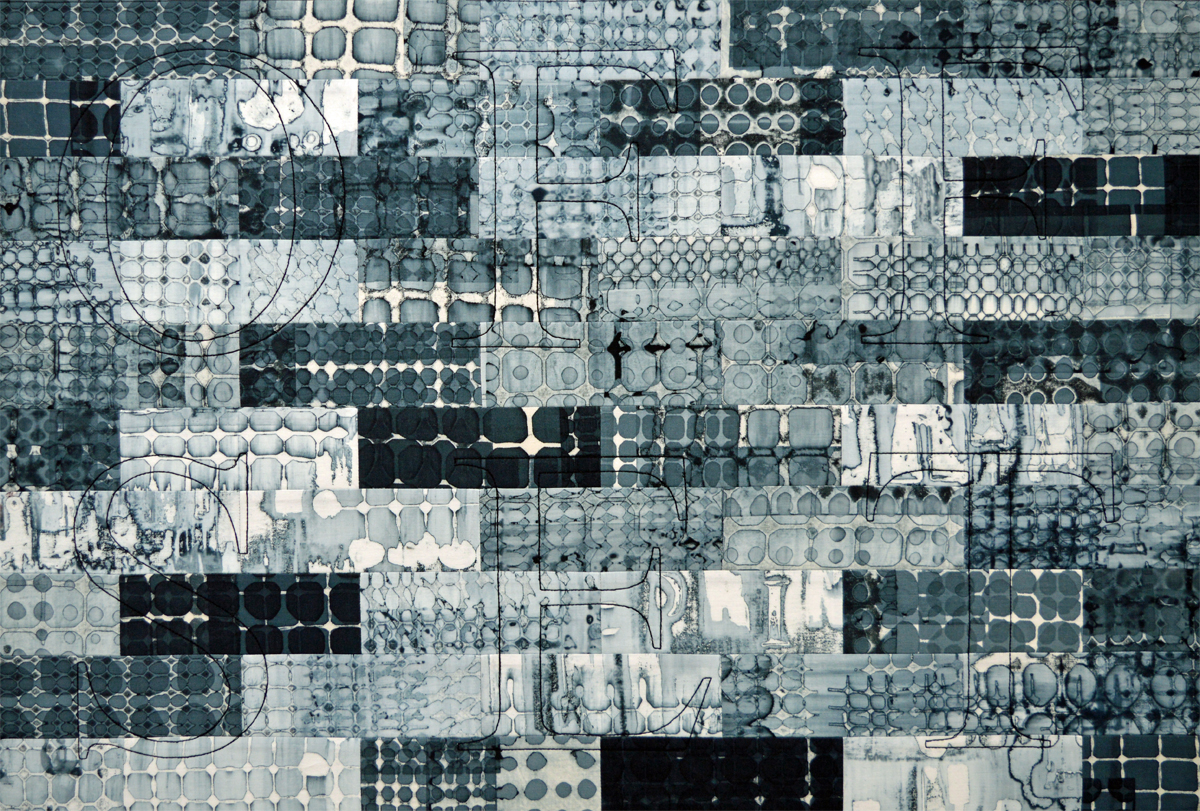We all create differently. Some people positively glow with creativity as a deadline looms; others become paralysed as that dreaded date approaches. Some thrive in a chaotic work space; others get distracted if their pencils aren’t lined up correctly. Some sit in front of a white page or piece of white fabric waiting for the muse to strike; others just get started confident that the ‘muse’ will turn up at some stage. OK, these are all generalisations. We are all individuals and there is no right or wrong way to be creative whatever form that creativity might have.
But self awareness; taking the time to understand and, critically, accept the way that works best for you can make you more productive and less frustrated. This is something that I took the time to think about and I am a much happier ‘creative’ for it. Let’s take the muse / deadline bit first. For me ‘waiting for the muse to strike’ is like waiting for Amazon on Christmas Eve to deliver the thing your loved one wants more than anything in the whole wide world, that you have told them they will get, that they have posted on Facebook that they are getting. Normally your neighbours would take the parcel in but that tried and tested method isn’t working - they have gone on holiday. And so you take a day off work, you get up early just in case, you sit around in your front room as you know your doorbell doesn’t always work and Amazon guy doesn’t hang about long enough to knock twice. And, of course, the first time you nip upstairs to the toilet the doorbell rings and ……
Now I don’t mind sewing on labels and adding sleeves the day before an exhibition starts but I don’t apply for gallery space, let alone announce it to the world without having a plan of what I am going to exhibit and having confidence in my ability to deliver. For me this is made easier because I took a conscious decision a few years ago to work in series and to have multiple but connected series going on at the same time. Even if the newest series is just in my head I am never ‘starting cold’. The thought is just too scary, too uncertain. My ideas evolve as I work, they do not just appear fully formed. I also started logging my studio hours and analysing how long different activities take. I know how long, on average, it takes me to create 1 square metre of finished quilt so I can back calculate when I need to start work on pieces for an exhibition based on how many pieces and of what size that I want to have ready. Or, as was the case for my solo gallery at this summers Festival of Quilts I was able to make a decision to include a few older pieces in order to free up time to work on another, equally important project, in this case my first book.
I also understand, and embrace the fact that I am not productive / creative when surrounded by chaos. A well known quilter once told me that before she can start work on new ideas in her studio she cleans her house. At the time I was still working in a room in our house and I totally agreed with her. Thankfully when we built my studio at the bottom of our garden the need to create in a clean tidy space transferred to the studio. The house could be an absolute pig-sty but so long as my studio was clean I was happy and productive.
When I was getting ready for my exhibitions with Helen Conway last year the studio was all mine. Messy was a few threads on the floor and a dirty coffee cup in the sink. But now I share my studio with my students and I have had to figure out how to ‘work’ in a different space. Turns out I need to clean up everything after a class before I can settle to create my own art …. even a pile of dirty drop cloths in the corner waiting to go through the washing machine bothers me (solution = dump them in front of the washing machine in the house!). Turns out I also need to move the tables around. Physically pushing the student benches together to create one big table switches my brain from teacher mode to artist mode. Yep, self awareness is a powerful thing!
Over the next few months I will be moving the tables around a lot!

